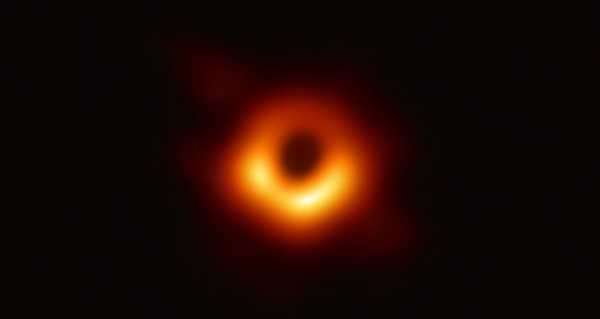
Discovered in 1912 by Austrian-American astrophysicist Victor Hess, cosmic rays, which move at nearly the speed of light, have long baffled scientists, who are still unable to say with certainty where they originate from. The most popular candidates are supernovae, quasars, active galactic nuclei, and gamma-ray bursts.
In 2019, an international team of scientists managed to capture the first-ever image of a black hole (M87) in the Messier galaxy, 54 million light-years away from Earth. In their recent study published in The Astrophysical Journal on 14 July, the team assembled a new image of the black hole, which researchers say may unravel the mystery of the origin of cosmic rays.
The series of new images of the M87 show the black hole shooting jets that produce light at every wavelength – from radio waves to powerful gamma rays.
These jets produce an enormous amount of energy, which no known human technology, including the Large Hadron Collider, is capable of. The jets produced by M87 and other black holes are similar to ultra powerful cosmic rays.
The new image will also enable scientists to learn more about M87 – how fast it spins and its orientation, how it evolved over the years, and whether it gained its mass by colliding with black holes or devoured surrounding matter.
Sourse: sputniknews.com






